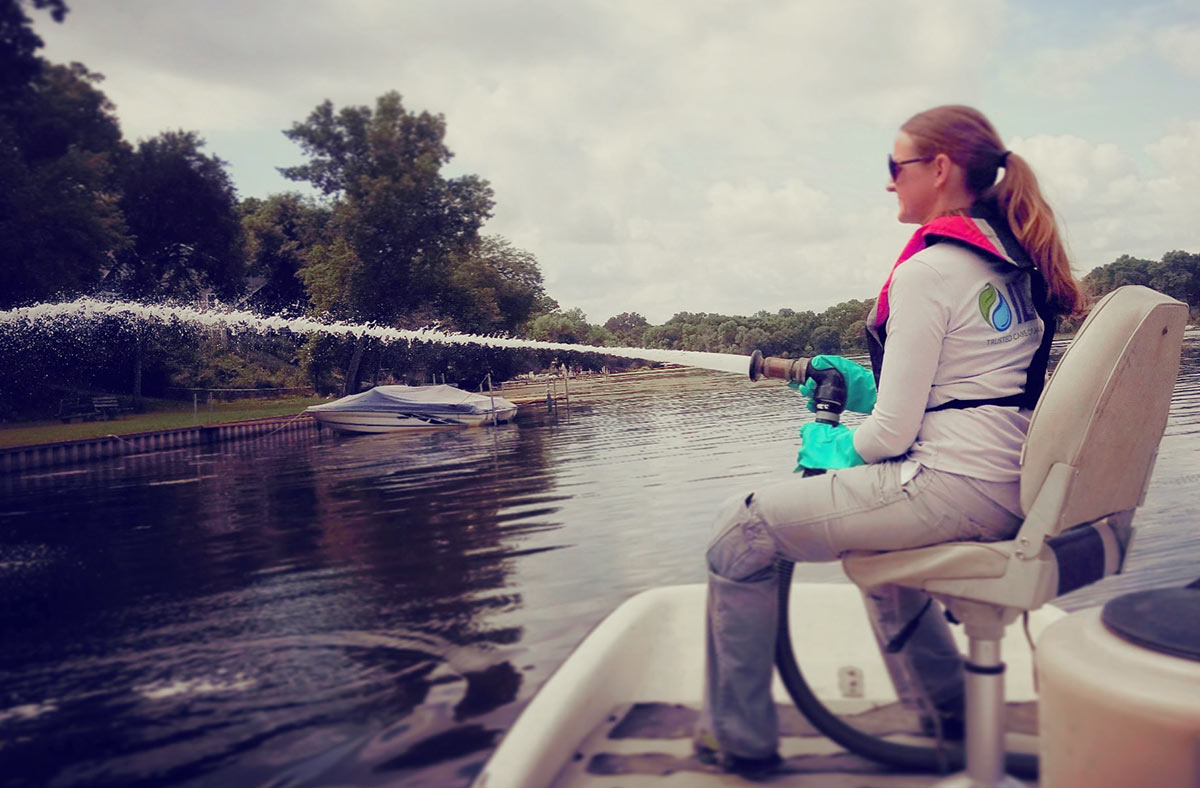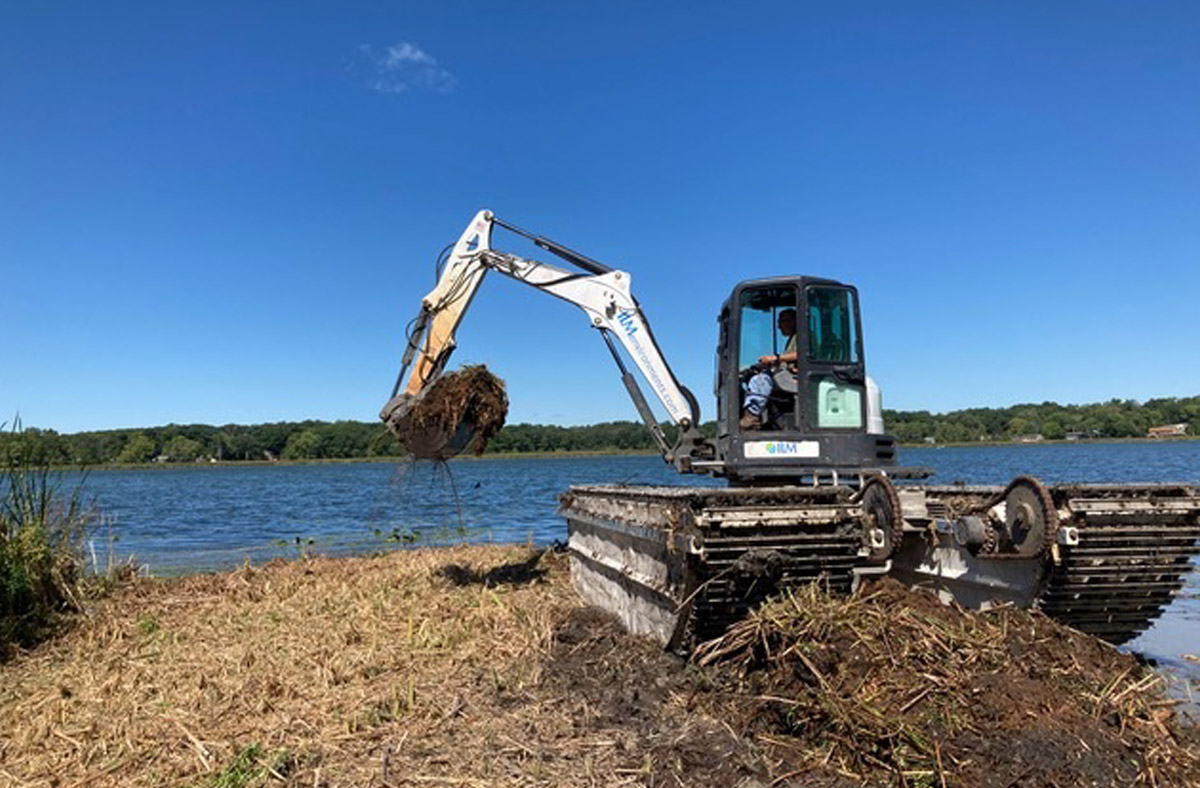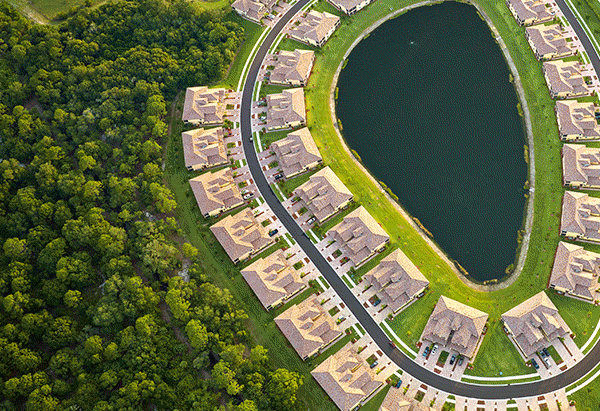Are Lilies Taking Over Your Lake or Pond?
This May Be Why…
Shallow Water & Sediment Buildup
Water lilies thrive in shallow waters, and sedimentation can create more favorable conditions for their growth. Over time, lakes and ponds naturally fill with sediment, including decayed organic matter and eroded soil, making them shallower and more conducive to aquatic plant growth. Water lilies themselves can trap sediment at outlets, creating a cycle of increasing shallow water areas where they can expand.
Nutrient Availability
Excessive levels of nutrients like phosphorus and nitrogen fuel aquatic plant growth, including water lilies.
But Wait, Are Lilies Bad?
No, not with the right balance.
Water lilies can actually provide some big benefits for a lake if they’re present in the right balance.
Lilies can improve water quality by shading the water, helping to keep temperatures cooler. Cooler water holds more oxygen, which supports fish and other aquatic life. Shade also helps reduce algae growth by limiting sunlight penetration.
The floating leaves and underwater stems of water lilies create habitat for fish, frogs, and invertebrates. Birds, turtles, and insects also use water lily beds as habitat or feeding areas. Their root systems anchor into the lake bottom, which can help reduce erosion and keep sediments from re-suspending into the water.
The key is balance. A moderate amount of water lilies is healthy, but if they cover too much of the lake’s surface, they can limit recreation, reduce oxygen at night (when they respire), and contribute to excess organic buildup.
Here Are The Best Control Options For Lilies.
Manual Harvesting
Water lilies can be cut below the surface of the water and raked out. Given lilies absorb high amounts of phosphorus, this is a good way to get some nutrients out of your lake or pond. Aesthetically, this is a temporary solution and water lilies typically start growing back in a week or two.
Herbicide Application
Water lilies respond well to herbicides and now is the time to treat. From late summer into early fall, lilies are sending nutrients down to their roots in preparation for next year. Herbicide is carried down to the roots when treated this time of year, killing the plant completely and offering long-lasting control. Keep in mind that there is a seed bank in the sediment, and so lilies may persist for several years and may need to be treated multiple years in a row.
Dredging
Water lilies can be dug out through the process of dredging. Water lilies, however, have thick, horizontal roots called rhizomes, which can be difficult to remove completely. These rhizomes can grow several inches below the sediment, making them hard to access. Lily pads can re-grow from any rhizomes left behind. Because of this, we recommend treating lilies with herbicide before dredging in order to achieve best results.
Let’s Fight the Lily Invasion Together!
Simply click the button below to send us an email.






